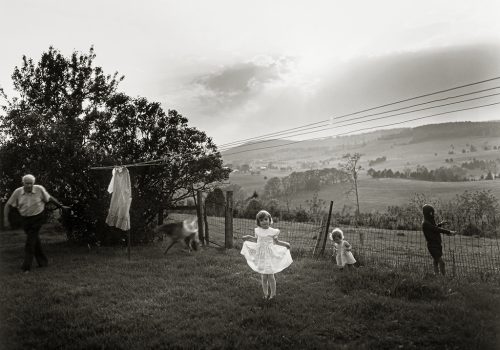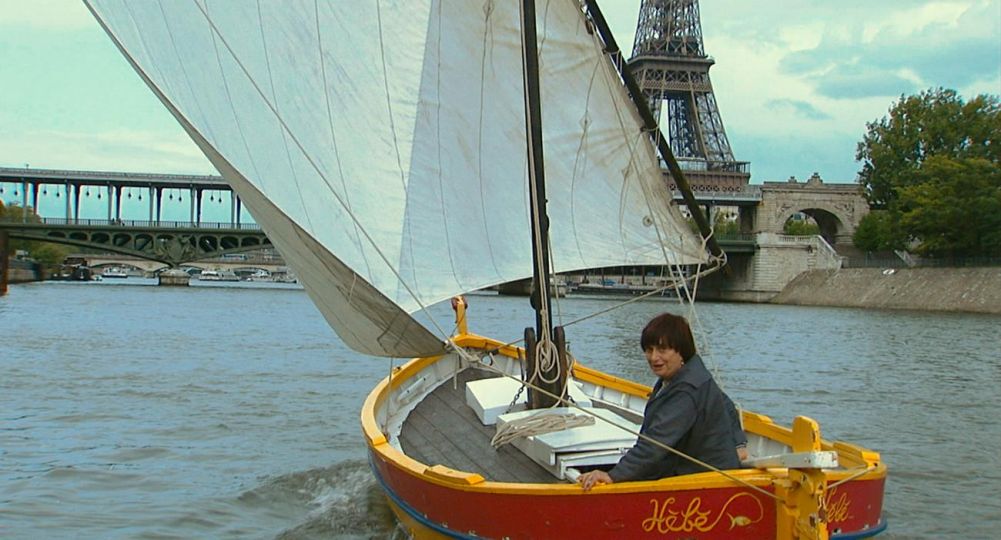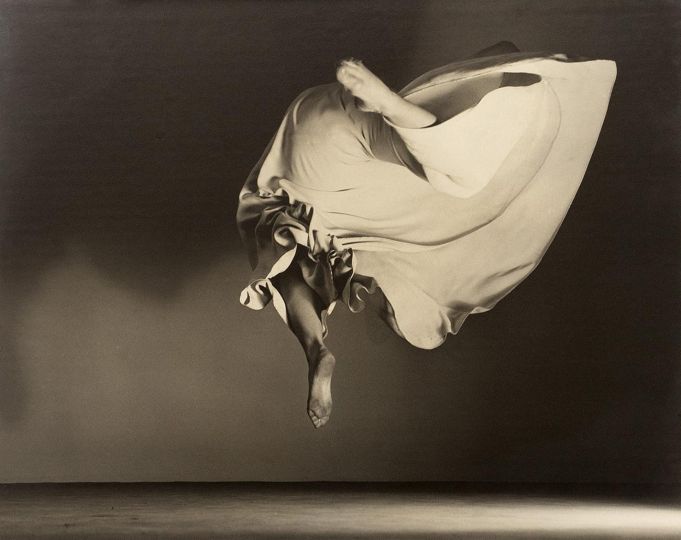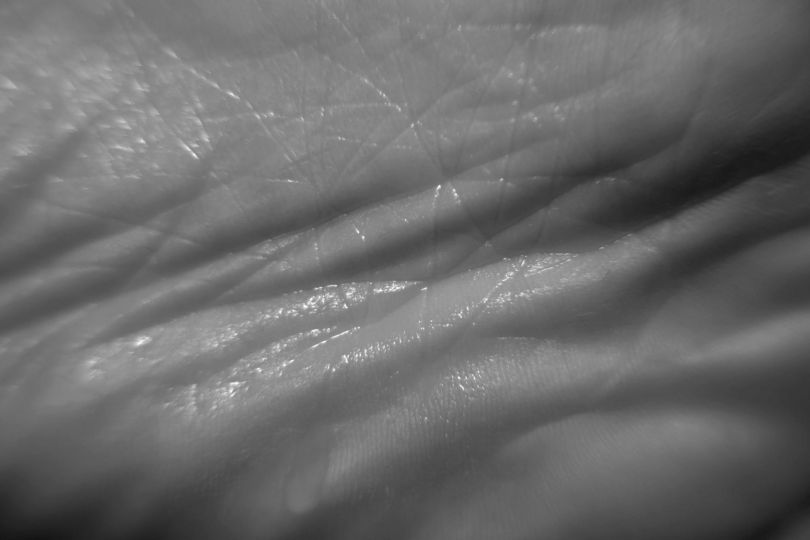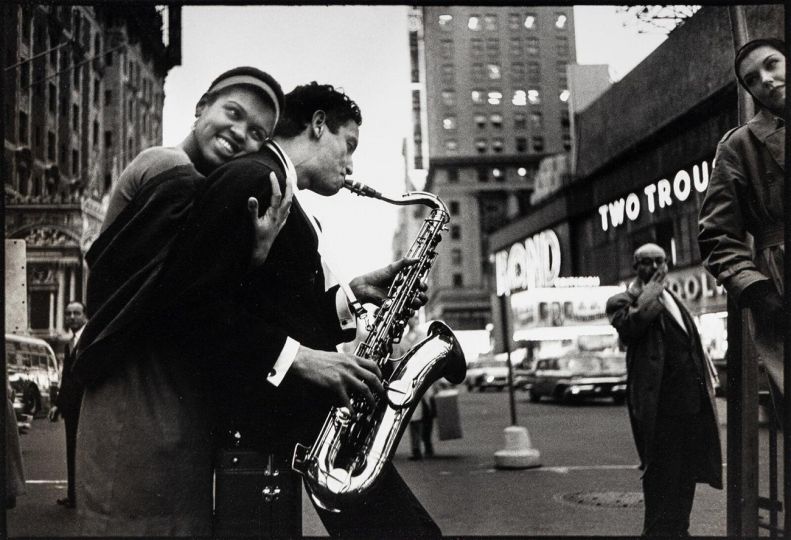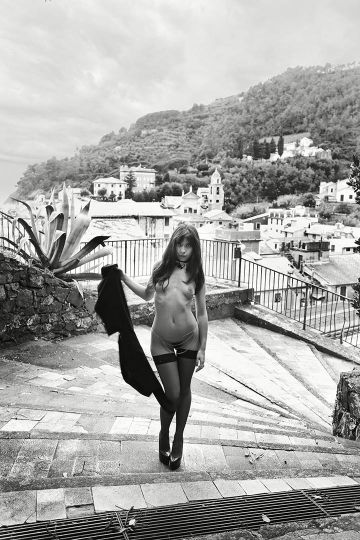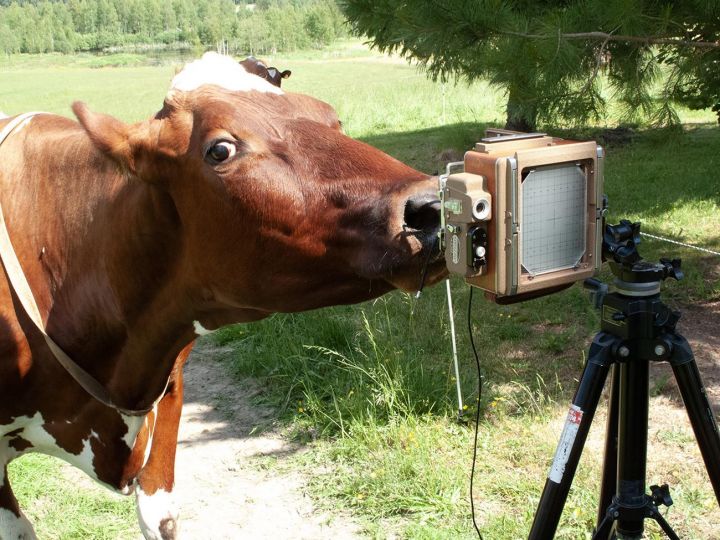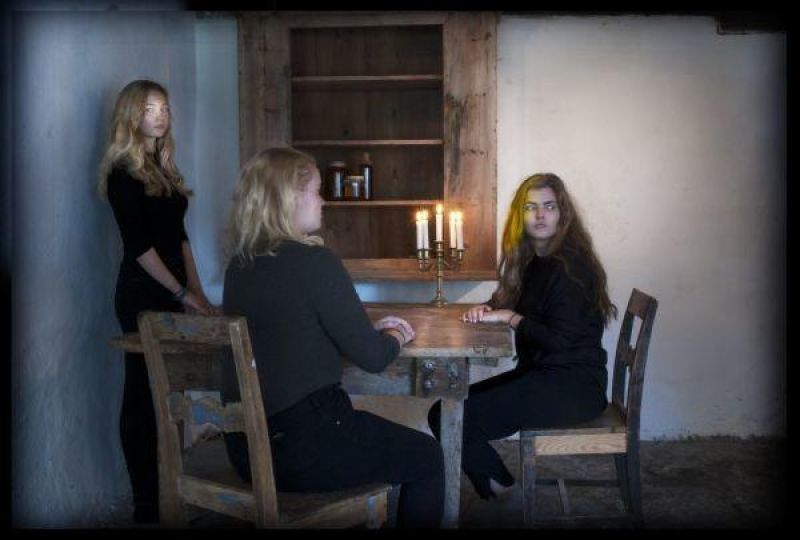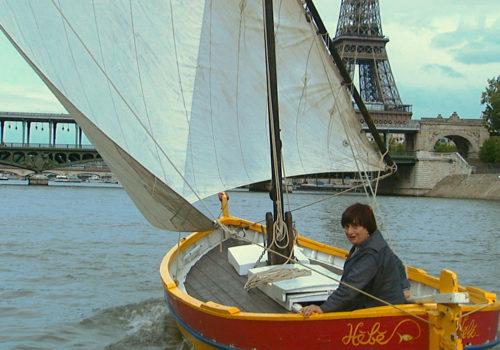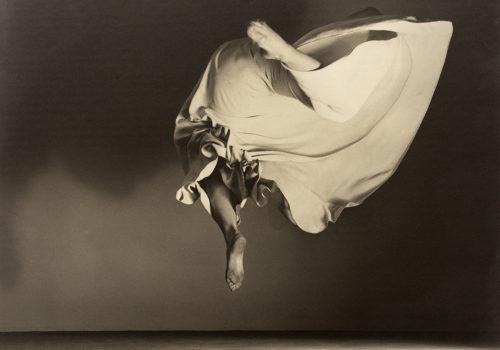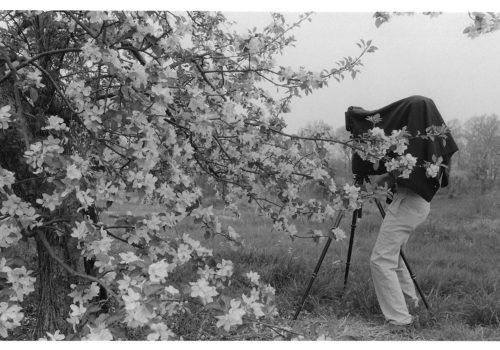Sally Mann stands among the major artists of our time. Her work is powerful, mysterious, and beguiling. The retrospective of her photographs currently showing at The Getty Center is a testament to her lifelong commitment, both to digging deep into herself, and the things and people around her.
A Thousand Crossingsrecognizes the progression of her art with multiple rooms devoted to her work and a hundred and ten pictures that illuminate five different stages on her journey.
Familyis where it begins, pictures she made of her children starting in the eighties that showed us their lives as she saw them and as she imagined them, showed us how compellingly strange it is to bear children. The images reveal her strengths from the beginning, the slow approach of her large format camera, her considerable skills as a printmaker, and her willingness to look deep and risk others displeasure with what she saw.
- National Gallery of Art, Washington, March 4–May 28, 2018
- Peabody Essex Museum, Salem, June 30–September 23, 2018
- The J. Paul Getty Museum, Los Angeles, November 16, 2018–February 10, 2019
- Museum of Fine Arts, Houston, March 3–May 27, 2019
- Jeu de Paume, Paris, June 17 –September 22, 2019
- High Museum of Art, Atlanta, October 19, 2019 –January 12, 2020

